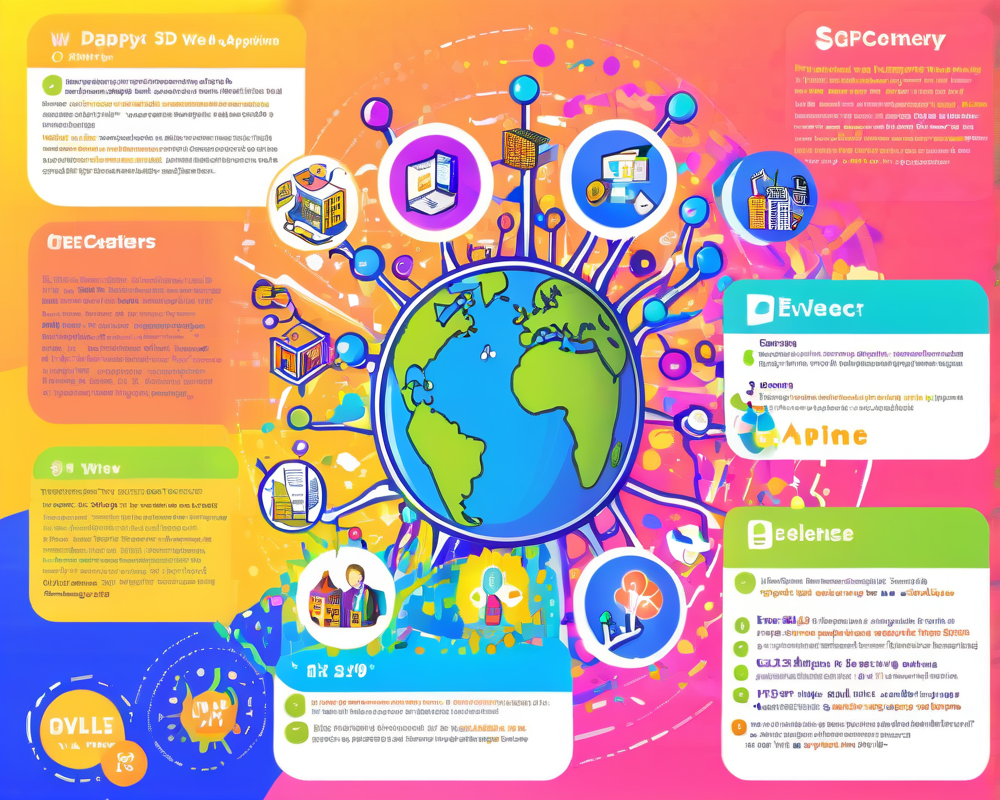Understanding Web3: The Basics
Web3 is like that friend who shows up late to the party but promises to bring the best snacks. It’s filled with opportunities but also wrapped in a cheeseboard of confusion. At its core, it represents the next evolution of the internet — a more decentralized version, giving users better control over their data and digital identities.
The DApp Dilemma: Are They Truly Decentralized?
DApps, or decentralized applications, sound revolutionary. However, the reality often falls short of the hype. Many of these apps operate with a foot still planted in the centralized realm, relying on traditional Web2 infrastructures such as centralized data storage. Imagine ordering a pizza from a delivery service that promises to only use organic ingredients but ends up using that questionable frozen pizza from the local grocery store instead!
The Risks of Relying on DApps
Here’s where it gets serious. If these dApps aren’t truly decentralized, then they face the same risks as your favorite coffee shop getting shut down. A centralized party can easily disable access, leaving users high and dry. Worse still, if a dApp is compromised, it could expose users’ private data or wipe out their hard-earned digital funds.
Spotlight: The Point Network
To navigate this wild frontier, we need a compass, and Point Labs claims to be that compass with the Point Network. According to their CEO and co-founder, Serge Var, this is touted as the first complete implementation of Web3. They’re not just tossing around the term “decentralized”; they mean it.
Diving Deeper: What Makes Point Network Different?
- Fully Decentralized: Unlike traditional dApps, the Point Network is built from the ground up to operate without reliance on centralized systems.
- User Empowerment: It aims to provide users with complete ownership of their data and transactions.
- Enhanced Security: The architecture is designed to reduce vulnerabilities related to data breaches—sounds good, right?
A Candid Conversation: Insights from the AMA
In a recent Ask Me Anything (AMA) session, the clarity on such innovations came through. Rachel Wolfson, a senior reporter at Cointelegraph, sat down with Serge Var, revealing insights about what real decentralization looks like and how it can impact users and developers alike.
“If you want true autonomy online, you have to invest in infrastructure that respects that autonomy,” Var emphasized during the session.
Conclusion: The Future of Web3
As we continue to wade through the Web3 discussion, it’s crucial to sift through the promises and separate fluff from reality. The conversation is evolving, and the launch of genuinely decentralized platforms like the Point Network may just be the key to unlocking Web3’s full potential. Buckle up, my friends—the journey is just beginning!



